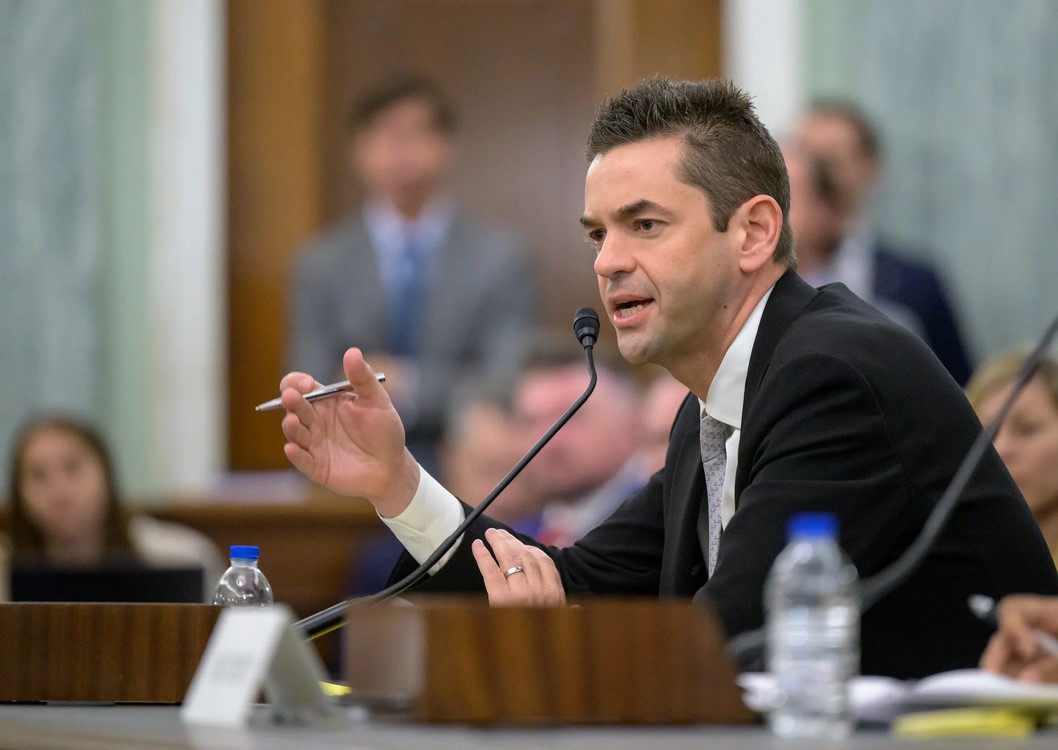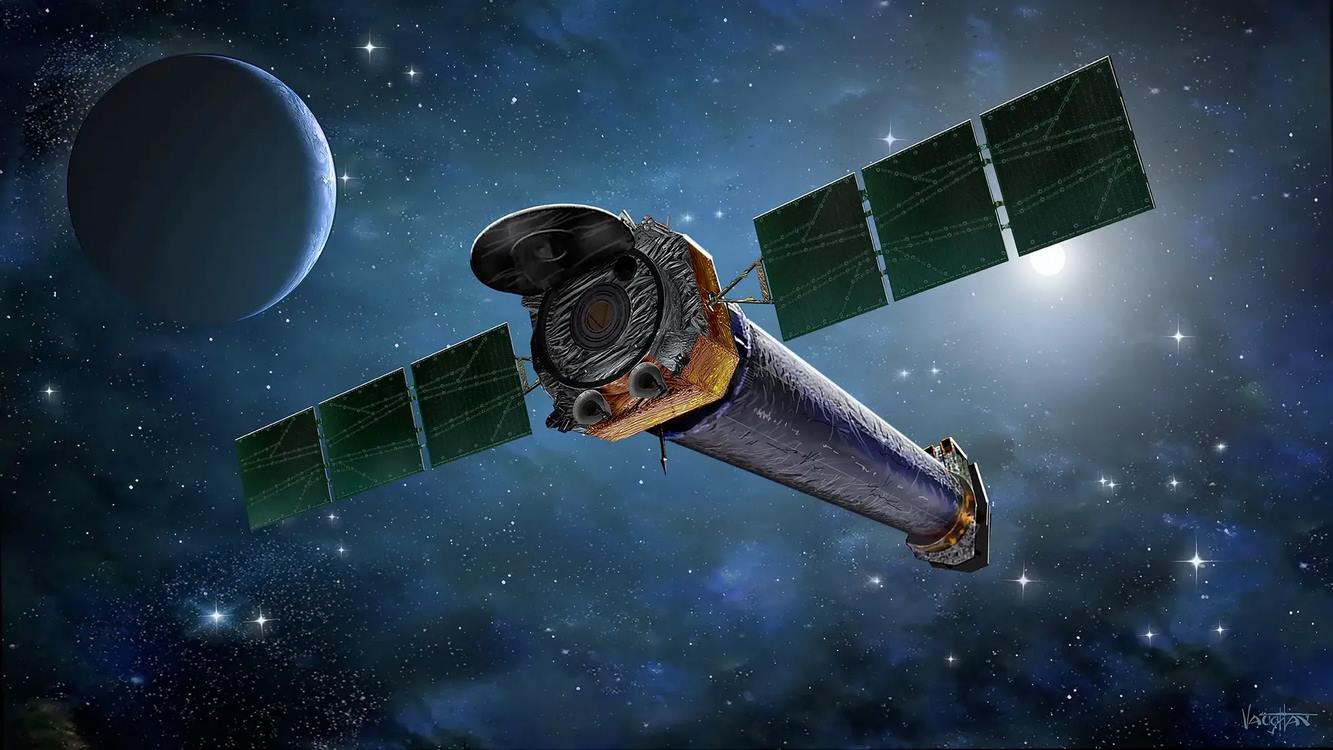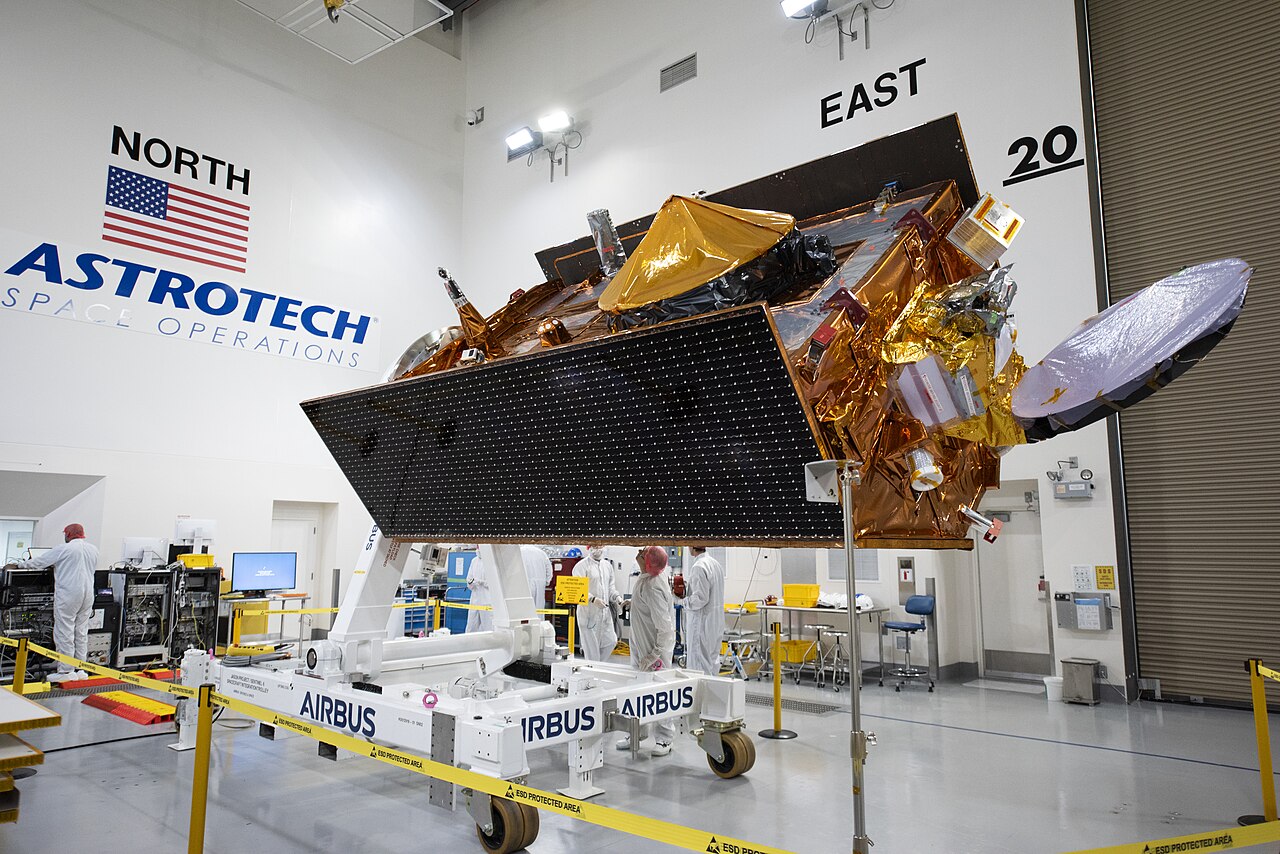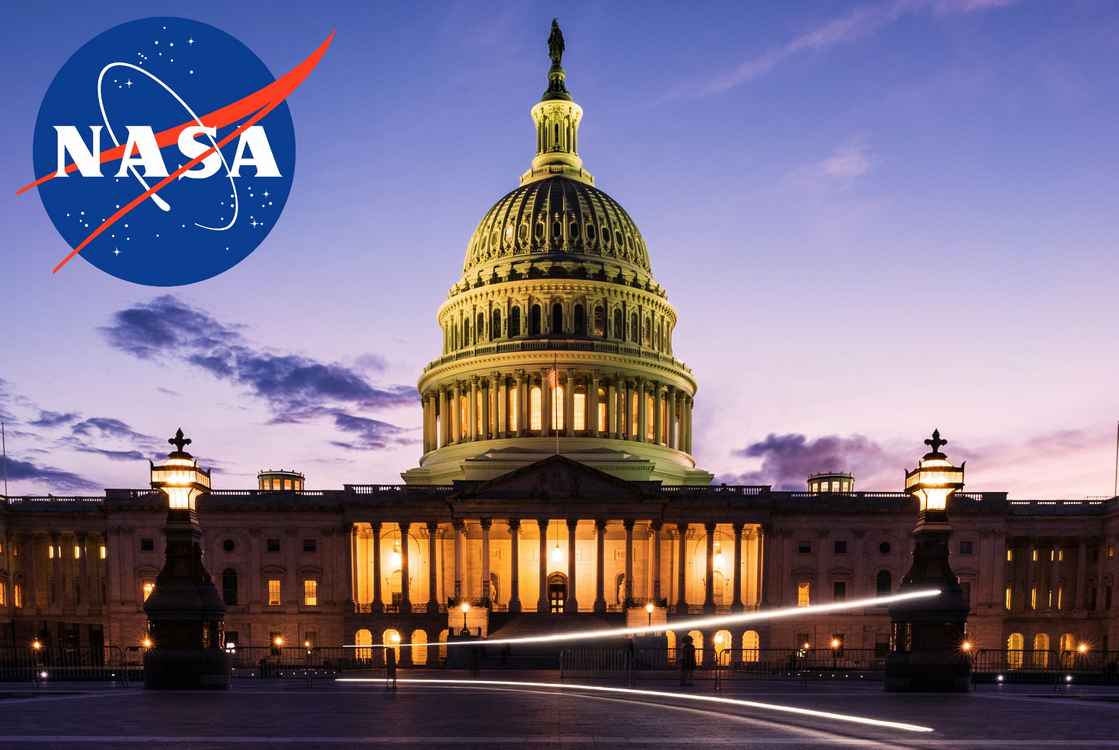The atmosphere of confusion and disarray communicated generally from several peripheral government agencies and departments since the second Trump Administration entered the White House can be superimposed over NASA, it seems, as well.
After the recent request for a NASA budget 25% lower than 2024’s and the decision to withdraw the nomination of Jared Isaacman for NASA Administrator in the midst of Senate confirmation hearings, the world’s premier space agency is likely looking a bit rudderless.
Trump’s interpretation of his America First policy for space is clear: becoming the first nation to send a man to Mars, but he’s hoping to do it by funding the agency by about $18.8 billion compared to the $25 billion requested by his predecessor. In the budget proposal released by NASA it became clear that major science and collaborative research missions would be cancelled in favor of laying the groundwork for a trip to Mars.
Estimates by NASA also reveal preparations for a workforce reduction of around 30%, and that the budget’s total funding for science and research activities are 47% less than the previous year. Reviewed by the Planetary Society and Space News, these are projects that have so far lost all funding.
-
Mars Sample Return mission to collect samples drilled out of rocks and sediment by the Perseverance Mars rover.
-
Landsat Next, a future Earth observation program with “a quantum leap in measurement capabilities”.
-
The NASA Earth System Observatory recommended in the 2017 decadal survey, that would “provide key information to guide efforts related to climate change, natural hazard mitigation, fighting forest fires, and improving real-time agricultural processes”.
-
The CYGNSS satellites which study tropical cyclone activity.
-
An agreement to provide thrusters, radioisotope heating units and a launch vehicle to the European Space Agency’s Rosalind Franklin ExoMars rover.
-
An agreement to provide the Synthetic Aperture Radar (VenSAR) and Deep Space Network support for critical mission phases to the European Space Agency’s EnVision mission to Venus.
-
DAVINCI and VERITAS, two Discovery-class missions to Venus, Earth’s closest neighbor, selected four years ago.
-
Continual support for the extended mission phase of the Mars Odyssey orbiter which has been in operation around the Red Planet for 24 years.
-
Continual support for the extended mission phase of the MAVEN Mars orbiter which has for 12 years worked to study how much of the Martian atmosphere has been lost over time by measuring the current rate of escape to space—a breakthrough on which it made only last month.
-
Continual support for the extended mission phase of the Juno probe which has been studying Jupiter for almost a decade.
-
Continual support for the extended mission phase of the New Horizons mission, the first spacecraft to explore Pluto up close.
-
Continual support for the extended mission phase OSIRIS-APEX craft, which sampled the asteroid Bennu, and which now is visiting the asteroid Apophis.
-
The Chandra X-Ray Observatory, a flagship space telescope for viewing the universe through X-rays.
-
The Fermi Gamma-ray Space Telescope.
-
The Magnetospheric Multiscale mission, which investigates how the Sun’s and Earth’s magnetic fields connect and disconnect.
-
The Astrophysics Probe program which was soliciting ideas from scientists for a billion-dollar space telescope.
The Nancy Grace Roman Space Telescope, which is now largely built and on course for a June 2026 launch, was also feared to be on the chopping block, but has instead had its budget cut in half. It’s not clear, the Planetary Society considers, whether or not costs can be saved so late in the mission.

Reaching Mars
The budget instead includes $864 million for a new “Commercial Moon to Mars (M2M) Infrastructure and Transportation Program”. Exploration science has previously been limited to the Artemis missions to send more humans to the Moon, and establish a semi-permanent presence there.
Much of that money, if experience is to be a guide, will be spent replacing the Space Launch System, the next-generation rocket and launcher that NASA has been designing and building for years in preparation for the Artemis mission. In 2022, WaL reported that the SLS project was “seemingly-cursed” and “probably the last rocket NASA will ever make”.
The SLS was originally planned for a maiden voyage roughly 8 years ago, but glitches and “technical difficulties,” even with some of the most-proven components in rocketry like the RS-25 engines, resulted in a quagmire of delays, even until mid-December of 2021, when one of two redundant channels in the controller of Engine 4 failed to power up consistently during tests of the integrated vehicle at the Kennedy Space Center.
That prediction, made by the outlet Futurism, will be put to the test by NASA’s future administrator, whoever it may be after Isaacman was removed. The budget also provided for a Martian-Earth relay satellite system, and a space suit specialized for use on the Red Planet.
Space News reports that $200 million mission was budgeted for “a near-term entry, descent, and landing demonstration for a human-class Mars lander” and another $200 million for commercial payload deliveries to Mars under the current Commercial Lunar Payload Services program, which has been repurposed. WaL
We Humbly Ask For Your Support—Follow the link here to see all the ways, monetary and non-monetary.
PICTURED ABOVE: An artist’s rendering of the Chandra X-Ray Observatory, which would be cancelled under the new budget. PC: NASA/CXC & J. Vaughan



